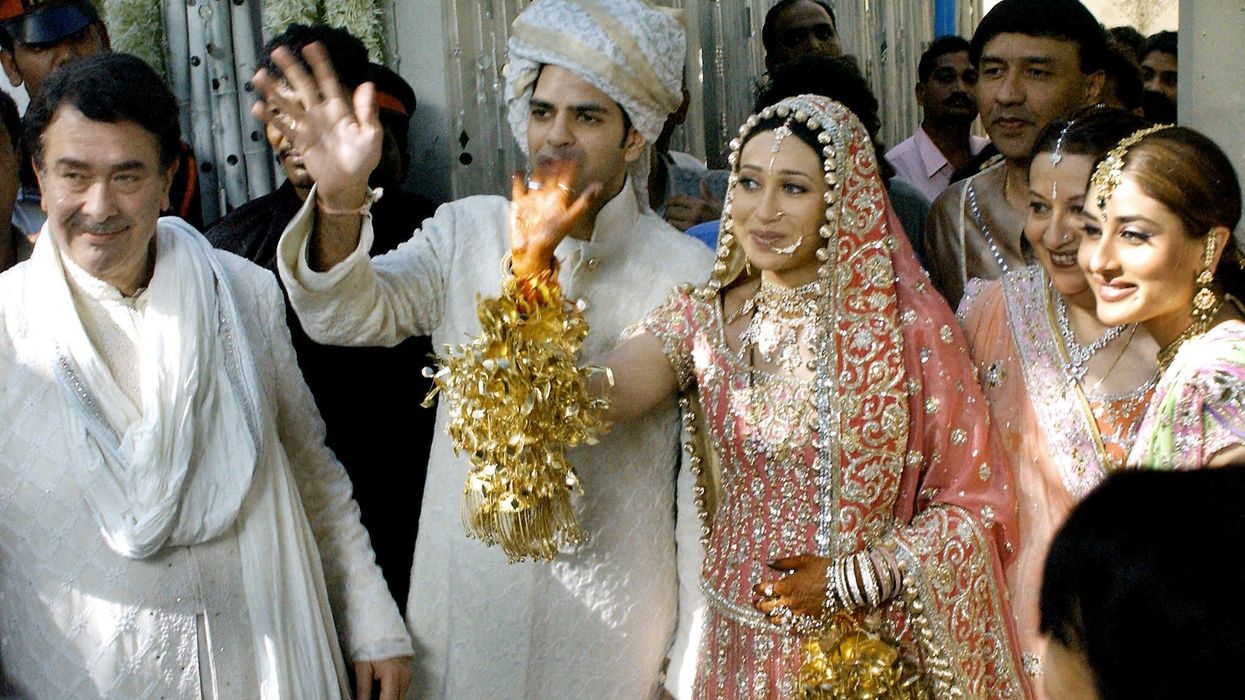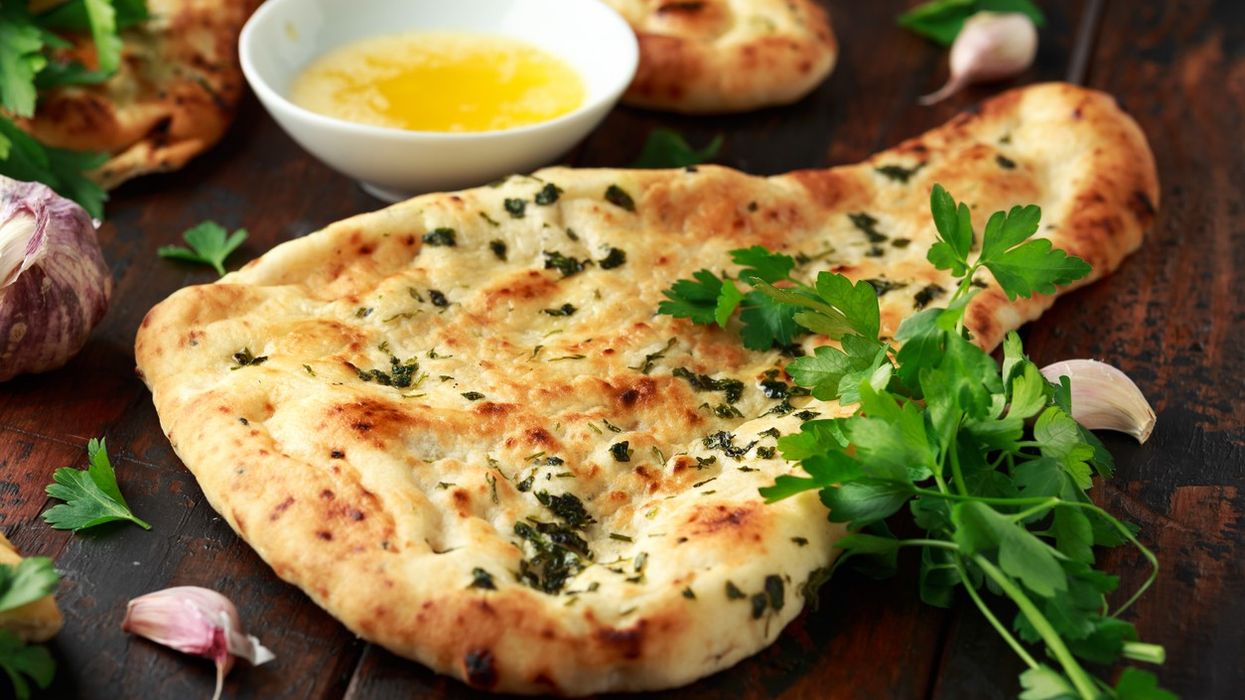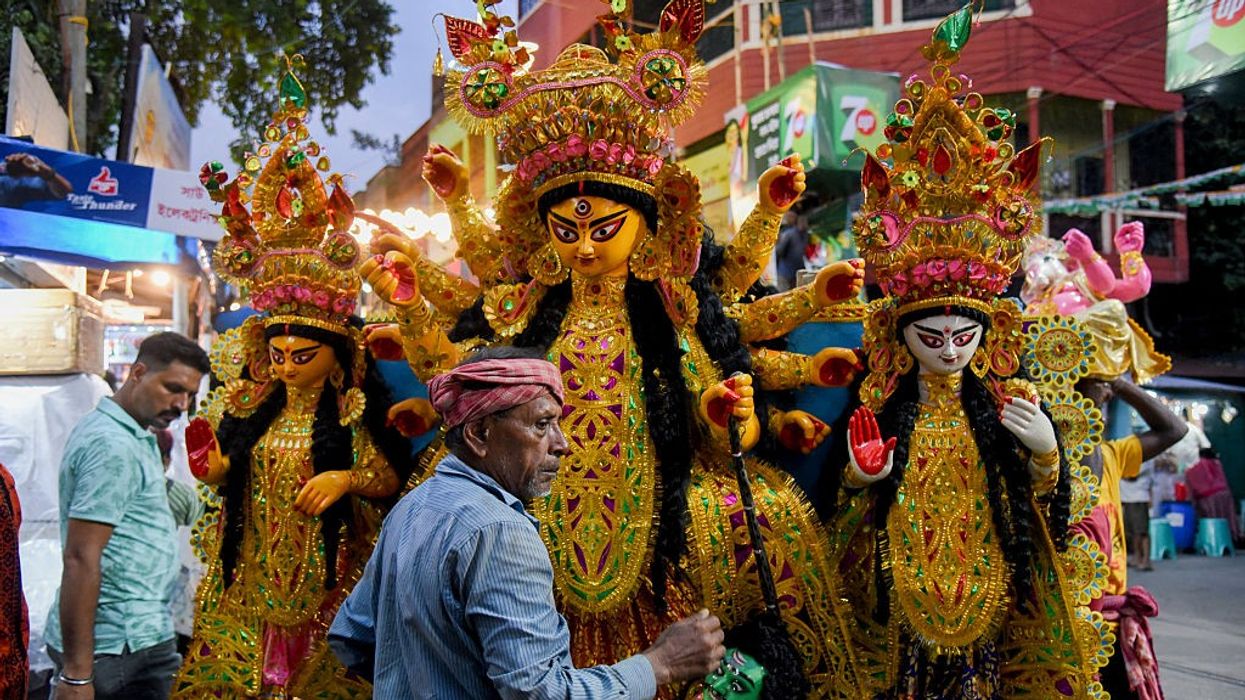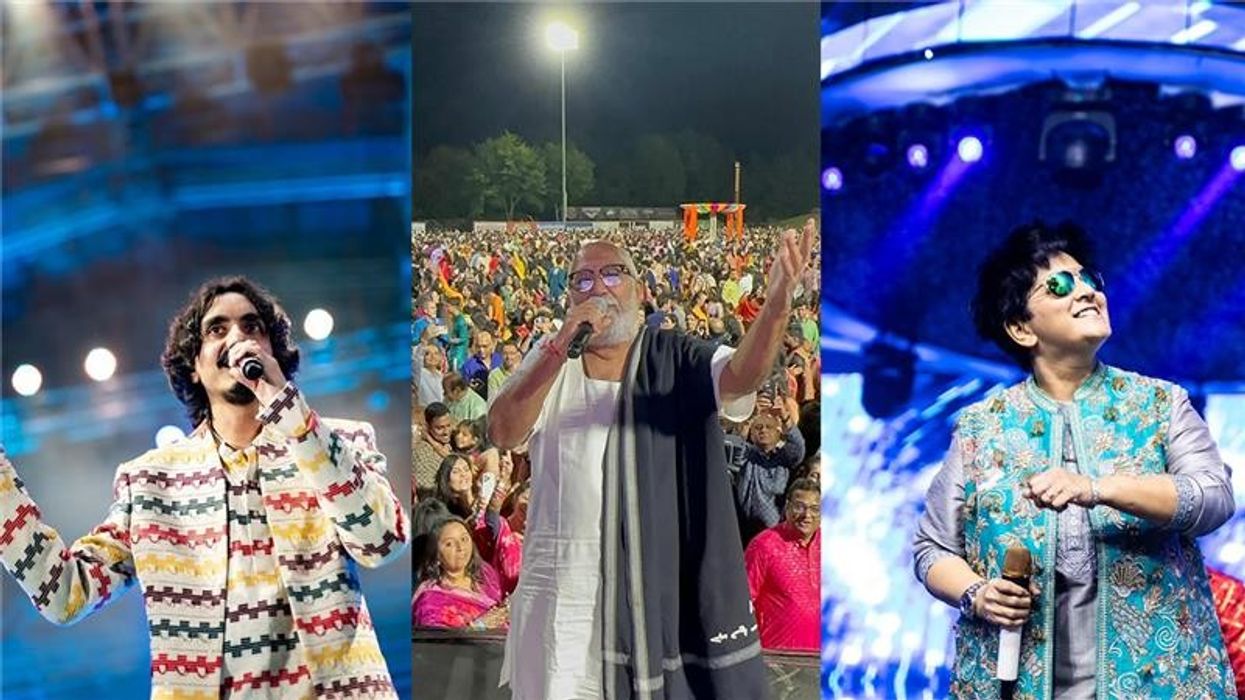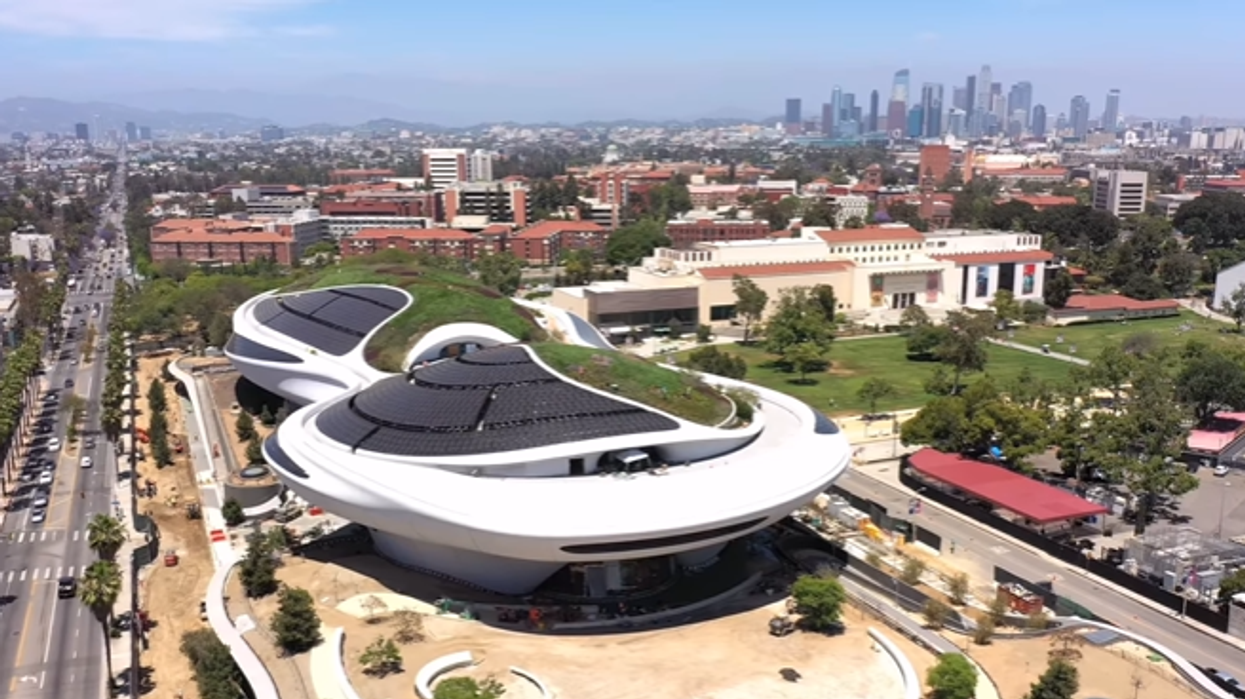Highlights:
- Raulane is a 5,000-year-old Himachali festival with no documented origin.
- The ritual honours Sauni, mystical mountain guardian spirits of Kinnaur.
- Central figures include the Raula and Raulane, symbolic male roles masked to embody cosmic forces.
- A dramatic procession with masked protectors, the Zannpundulu, leads villagers to the Nagin Narayan temple.
- The festival’s trance-like dance is believed to send fairies back to the high meadows for summer.
India's traditions feel ancient, and then there is Raulane, a ritual so old that even those who celebrate it no longer remember how it began. Hidden in the high, sharp ridges of Himachal Pradesh, where wind rushes like an old storyteller and the mountains cast shadows shaped like forgotten gods, Raulane survives as a festival that outlived its own history.
Every spring, when the snow finally withdraws from Kalpa's meadows and the hills begin to breathe again, the villages of Kinnaur gather for Raulane. Locals believe it to be nearly 5,000 years old, older than most religious, older than written memory, older even than the idea of India as a nation. Yet its age isn’t measured in dates; it is felt. Passed down like a melody whose composer no one remembers, Raulane is a tradition carried in the bones of its people.
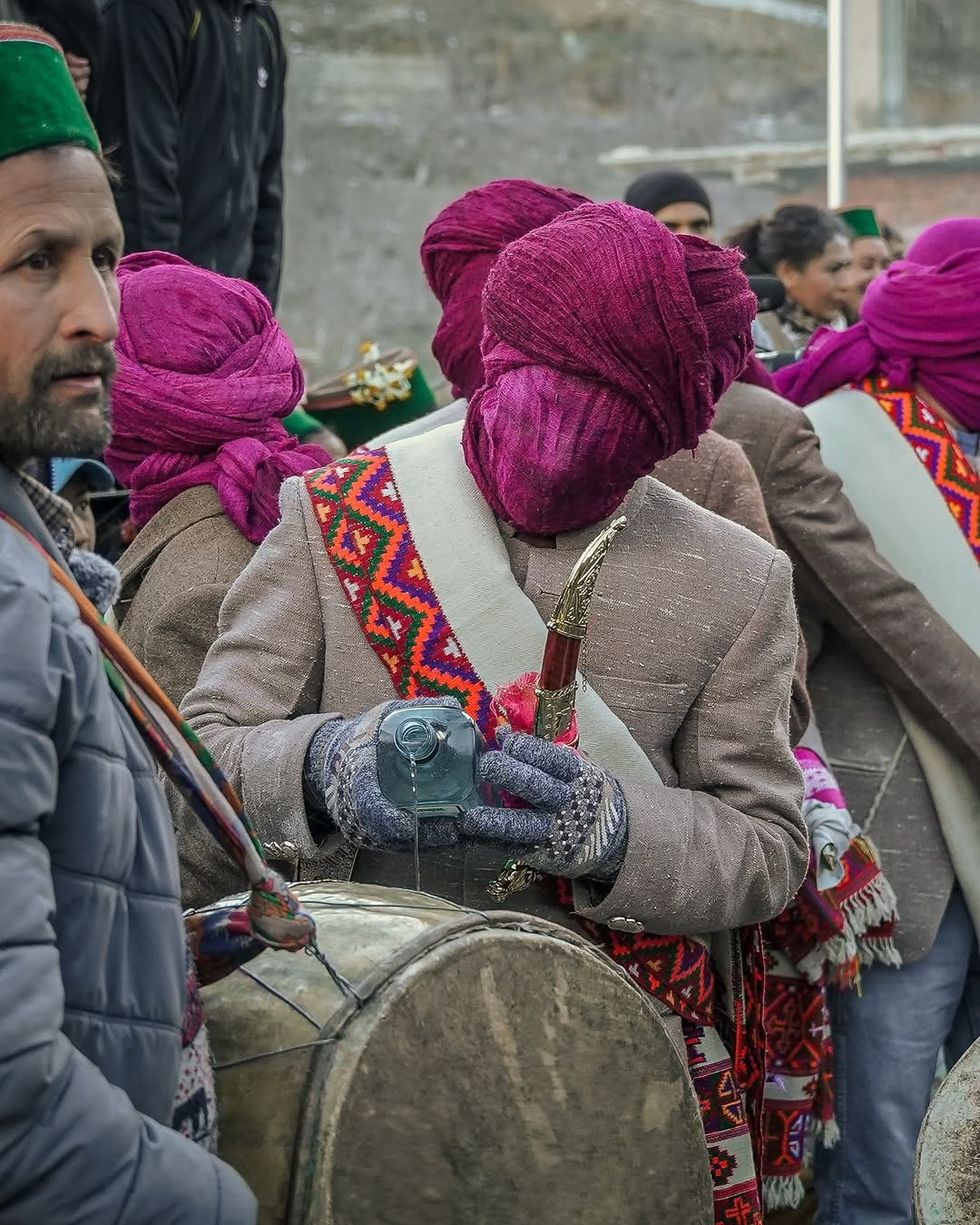
Ask villagers where it began, and they will shrug gently, the way only those familiar with old truths do. There are no scriptures, no authoritative origin story, no 'first priest.'
Historians attempting to classify it often concede that Raulane slips beyond modern understanding. It belongs to a time when myth and daily life were the same breath, when a dance could be a prayer, and a prayer could be a whisper to the sky.
The most common belief about Raulane is that it began as an offering to the Sauni, mountain fairies or guardian spirits said to live in the high meadows of Kinnaur during the long winters. Locals describe the Sauni not as powerful gods, but as gentle, helpful presences made of “frost and moonlight.” They are believed to protect livestock, guide travellers lost in fog, and ease the harshness of winter simply by being around.
Long before Kalpa’s famous wooden temples were built, Raulane started as a simple thank-you ritual. Families would offer flowers, milk, and handmade ornaments to the Sauni. Over thousands of years, this small act slowly grew into the elaborate festival celebrated today.
The centre of Raulane is a unique pair of characters — the Raula, an enlightened man, and the Raulane, the “bride,” also played by a man. Their pairing is not a real marriage. Instead, it represents the coming together of masculine and feminine energies and the connection between humans and the spirit world. On the morning of the festival, both are dressed in heavy traditional clothes, jewellery, masks, and a floral crown for the Raulane. Their faces stay covered so they stop being ordinary people and become symbolic, sacred figures.
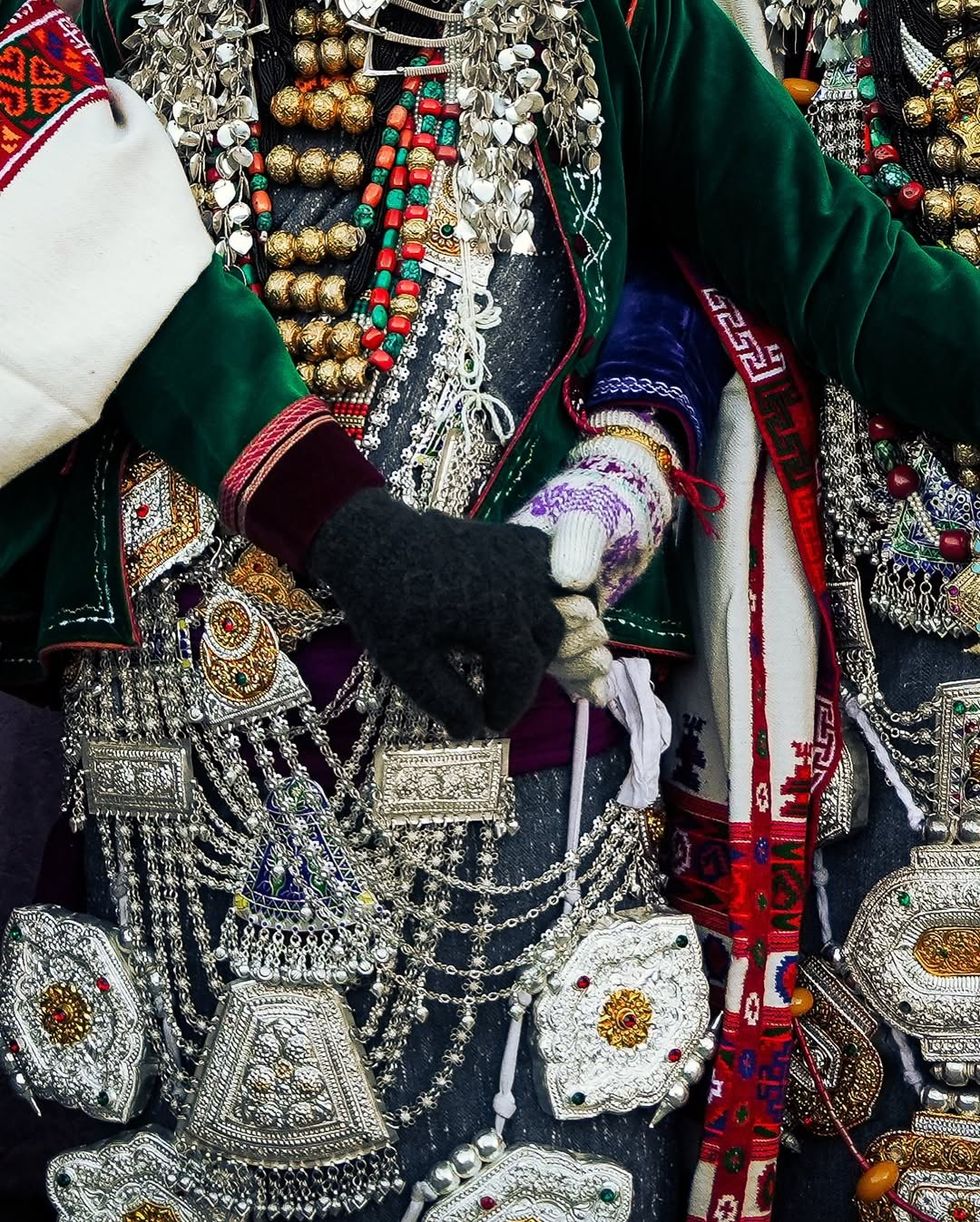
A procession then begins, led by masked guardians called Zannpundulu. Their fierce masks are designed to scare away negative spirits. Behind them, villagers follow as drums beat slowly, guiding everyone toward the Nagin Narayan temple, a sacred spot where history, nature, and faith come together.
In the temple courtyard, the Raula and Raulane perform Raulane’s main ritual — a slow, steady, almost trance-like dance. Villagers believe this dance sends the Sauni back to their summer homes in the meadows. It is also a prayer for safety, good harvests, and peace for the coming year.

To outsiders, Raulane may seem like a colourful performance. But for the people of Kinnaur, it is a deeply meaningful tradition that has survived unchanged for thousands of years. It continues not because history recorded it, but because the community has kept it alive — a quiet, ancient whisper carried through generations.




